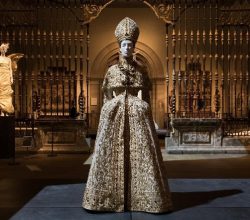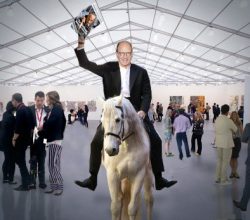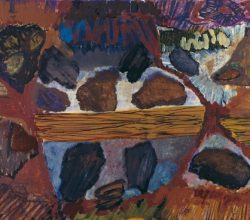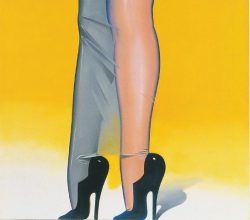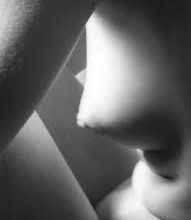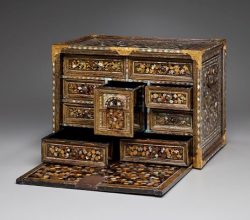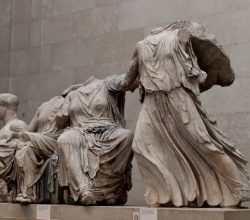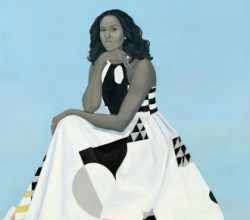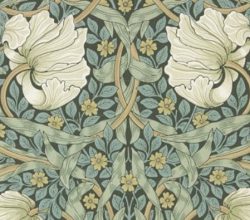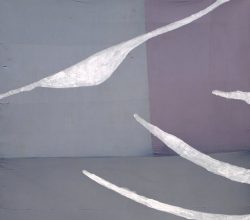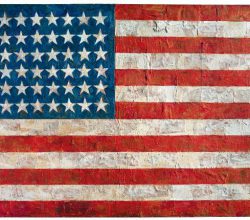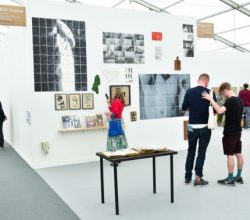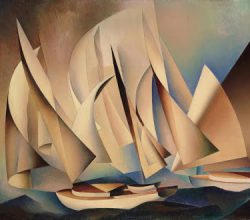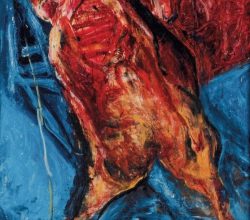
The Vulnerable Ferocity of Chaim Soutine
Peter Schjeldahl | The New Yorker | 14th May 2018
When it comes to Soutine the real attention grabber is his use of paint. One critic described it as trying to “turn the substance of the world into thick, squidgy, excited paint”. Thoroughly modern, but not easily categorised, Soutine is widely influential among artists but lacks public recognition. Hold the art theory suggests the writer, “only look”. More images are here

